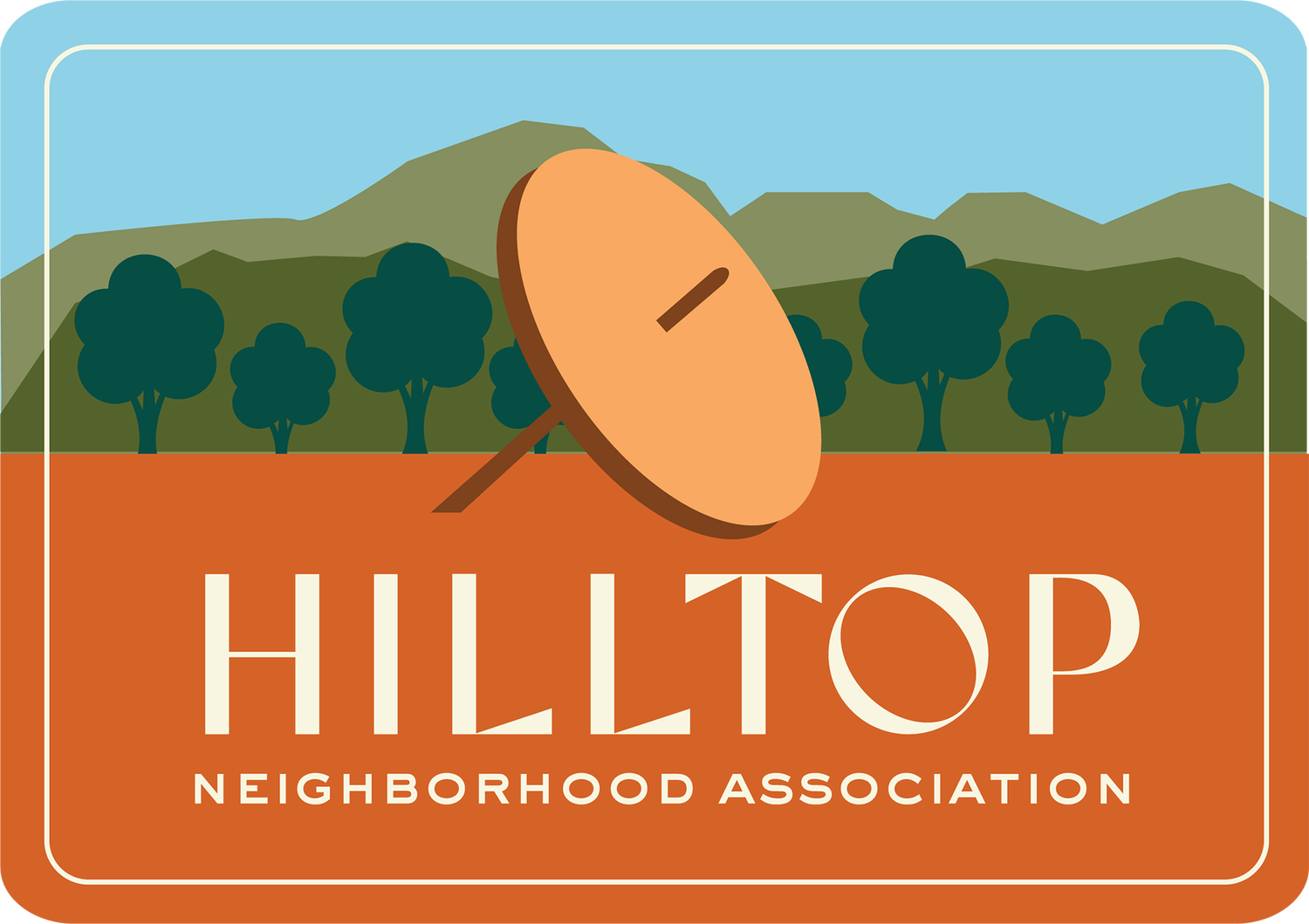Know What You Own - Helpful Hints to Home Improvement in Hilltop
From the Hilltop Neighborhood Association Zoning Committee – Mary Morissette FAIA & Thomas Hart AIA
Developer Milo Smith initially platted Hilltop’s Eastern Capitol Hill Subdivision in 1886. Hilltop was annexed into the City of Denver in May 1893. There has been much change since the late 1800’s and many quirky conditions exist, such as the street jog between Third and Fourth Avenues, and remnants of the City Lateral Canal, north of Third Avenue, which provided water to Hilltop at that time. There is a long, rich history of our neighborhood. The architecture includes a wide array of styles and sizes of homes. Hilltop has and will evolve. Preserving the neighborhood’s quality and value is dependent upon compliance with established design and building regulations.
Hilltop has always experienced new homes, enlargements, and yard/landscape improvements. Most times, these changes occur within Denver’s zoning and setback requirements. Sometimes, however, they do not. When they do not, the City, neighbors or other concerned individuals bring potential infractions to the Hilltop Neighborhood Association Zoning Committee. To preserve our neighborhood quality and help protect property owners from non-compliant design and construction, we want to offer some helpful hints when considering a property improvement project, whether home or yard.
Public Right-of-Ways
Most importantly, know what you own and do not build on public property. Most people don’t realize that their front property line is not at the sidewalk or curb. Street rights-of-way are often well into what people perceive as their front yard. Many blocks were originally platted to include alleys, but the alleys weren’t built. These “phantom” alleys remain City rights-of-way and likely include public utility easements. Currently, there are fences, landscape and other elements that are built into the public right-of-way and over these alleys. Just because an alley does not physically exist, does not mean it is your land to build on. Building in the public right-of-way, in an easement or on an adjacent property owner’s land can have costly consequences. If the City or utility companies want to make an improvement, they can require that a property owner remove all the elements built on their right-of-way. The best course is to know what you own through a survey, do not build on public land, and always get a building permit before starting construction.
Zoning
The majority of Hilltop is zoned Urban Edge (E) with Single Unit (SU) houses. Single Unit D (E-SU-D) with a minimum lot size of 6,000 SF and Single Unit G (E-SU-G) with a minimum lot size of 9,000 SF are the two most common designations. The zoning establishes allowable lot coverage and building forms allowed in each district. When contemplating a new home, or expansion of an existing home, the design must comply with the designated zoning. In some hardship cases, allowances are made. But exceptions are made on a case-by-case basis, and do not set precedent for future exceptions. The best course is to design and construct within the allowable building form, and always get a building permit before starting construction.
For 137 years, Hilltop has been one of Denver’s most desirable neighborhoods. It is the responsibility of everyone in our community to preserve the character and value of Hilltop properties by complying with the rules that protect all of us from non-compliant development.
To see if your block was platted with an alley and see street right-of-way dimensions, City Plat Maps can be found here: https://www.denvergov.org/Maps/map/assessormaps. Hilltop maps that cover from Colorado Blvd. to Holly St., and from 6th Avenue to Alameda Ave. are numbers 06071,06072, 06073 & 06074. For maps north of 6th Avenue, see maps 06063 & 06064.
